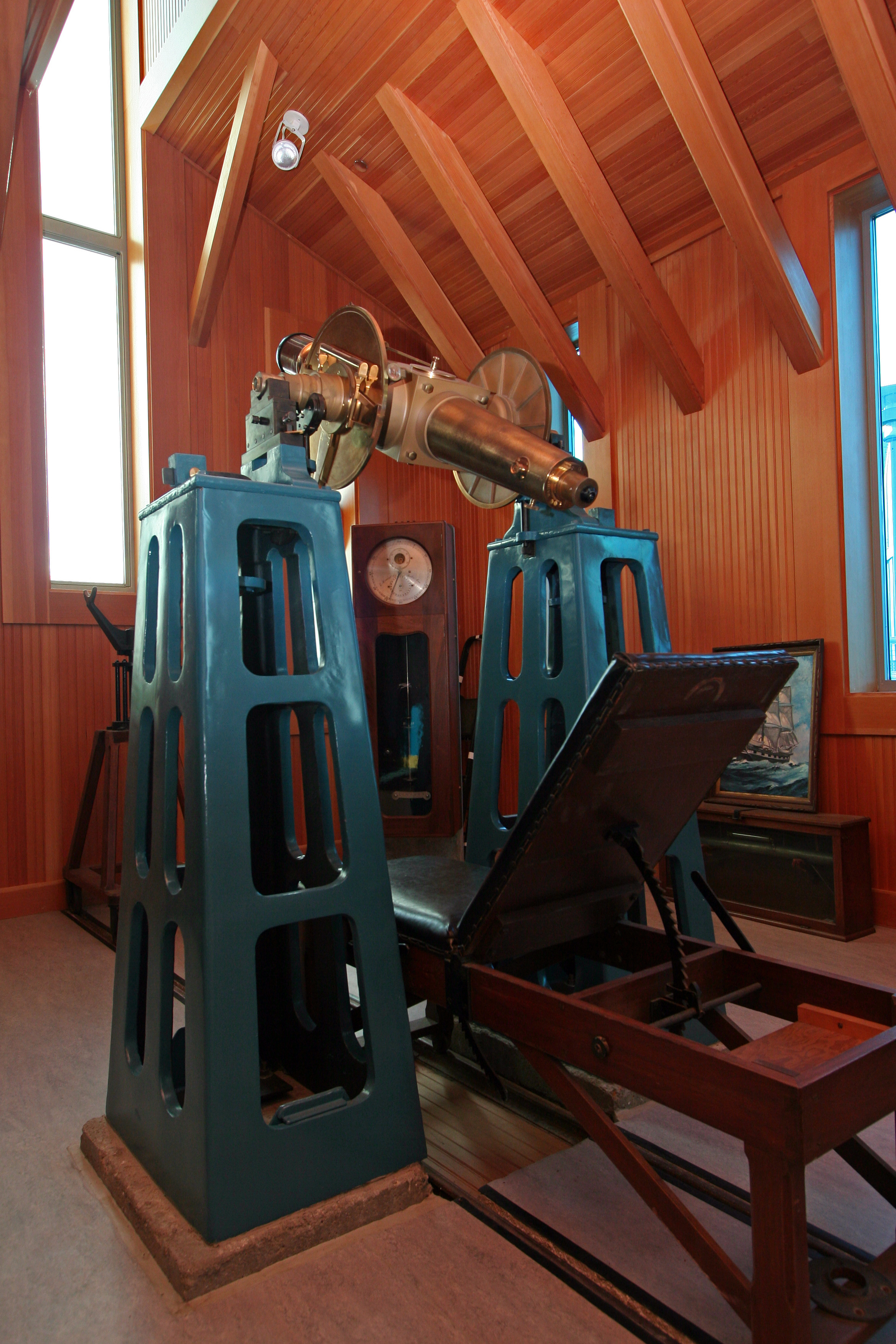
|
Tycho Brahe (1546-1601)
The first great observational optical astronomer.
His primary contributions to
astrophysics were the design and development of observing
instruments
and the precise data he collected on the motions of the
celestial bodies in the pre-telescope era.
At left is shown Tycho's Great Mural Quadrant
. Tycho's mural ("wall")
quadrant was a 90o arc of radius 2 meters
attached to a north-south wall with a sighting
tool to allow an observer to measure the altitudes of celestial
objects as they passed through the Celestial Meridian
. The observer stood near the
arc and sighted the celestial objects through a slot on the far wall, noting
the altitude of the object when it was due south, that is, when it was
crossing the Celestial Meridian.
Tycho's data were reputed to be accurate to nearly an arc minute.
Before his time,
the accuracy was on the order of one-fourth of a degree, around ten
times worse.
In contrast to earlier observers, Tycho observed objects
throughout their cycles rather only at particular times, such as
opposition and quadrature.To the right is a more modern transit
instrument built in 1885 (Fauth),
the Chabot Space & Science Center's meridian transit telescope in Oakland,
California.
|  |
The data were complete and accurate enough to allow
people to rule out theories of the motions of the celestial bodies. The
result of his (and other people's) studies was to show that neither the
Ptolemaic nor the Copernican models were acceptable. Both models were
not consistent with the data!!!
This was the first step toward the development of
an understanding of the Solar System.
Oh, and like all observers, he also proposed his own
geo-centric
model
for planetary motion.
Other Accomplishments
- SN1572 (Tycho's SN) -- Found no parallax for SN1572 ==> distant. Tycho
noted that the heavens (stars) were not unchanging!
- Comet (1577) -- Comet was farther away than the Moon, based on the Comet's
parallax contradicting the work of Aritotle who thought comets were
atmospheric phenomena.
- Determination of the 23.5o tilt
of the Earth's rotation axis
- No measured annual trigonometric parallax for the stars, the
closet star Proxima Centauri has a parallax angle of
less than 1/60-th of an arc minute!



